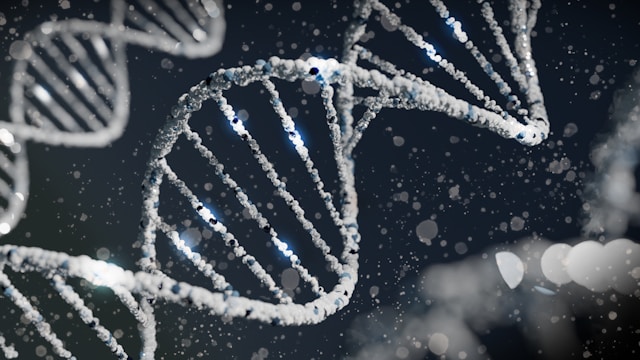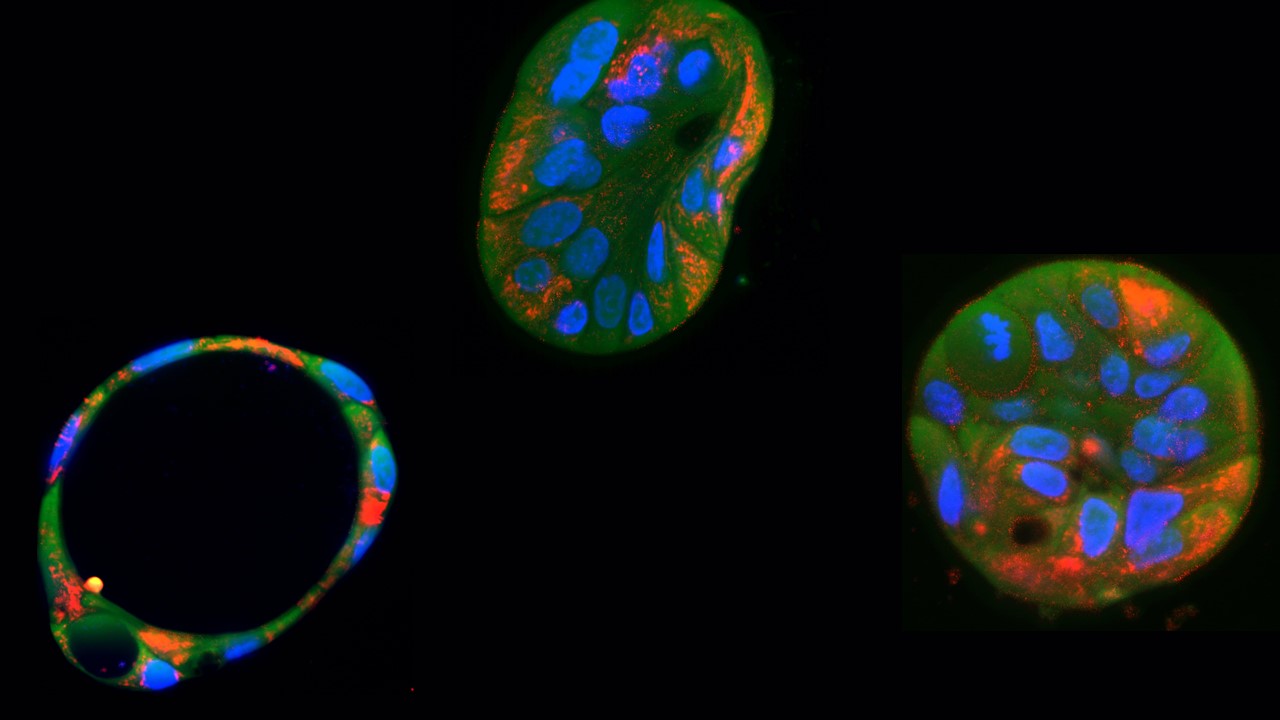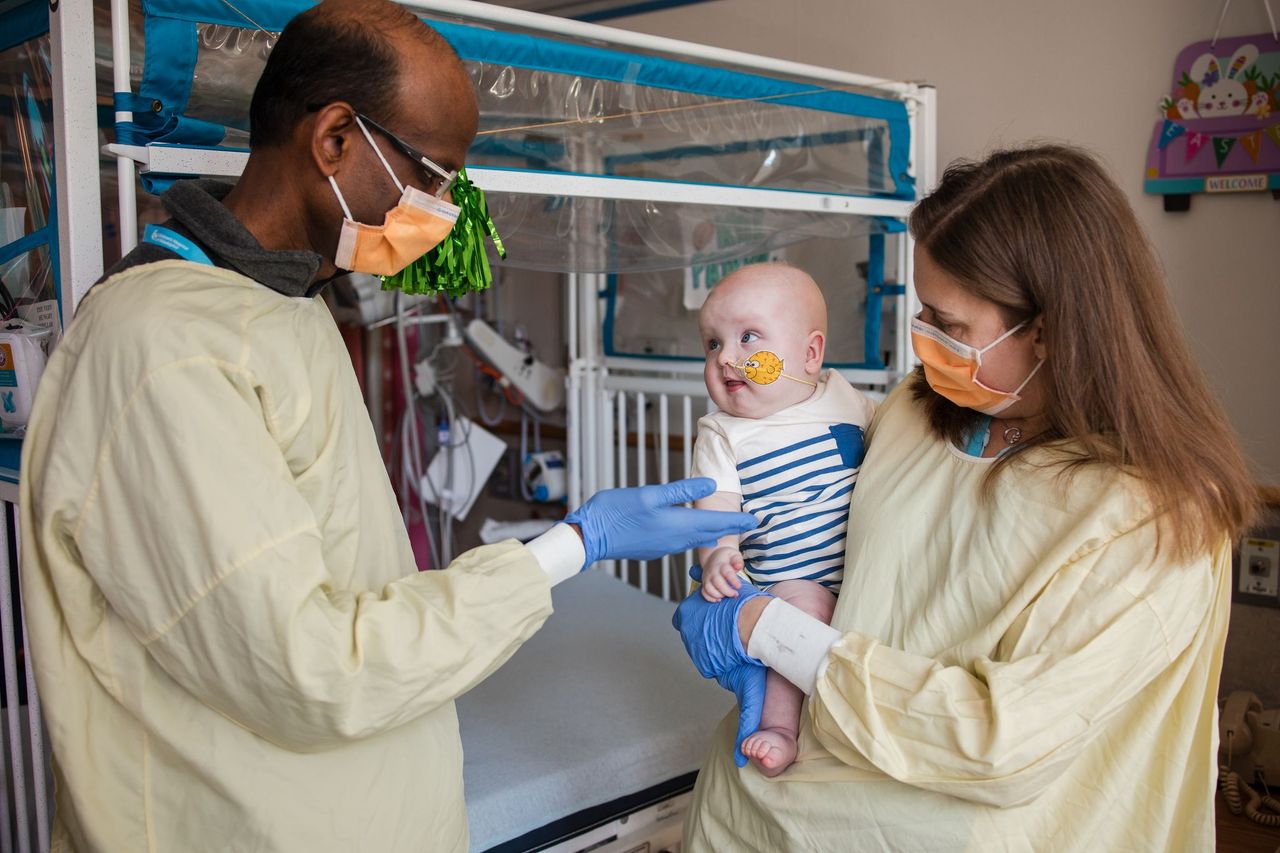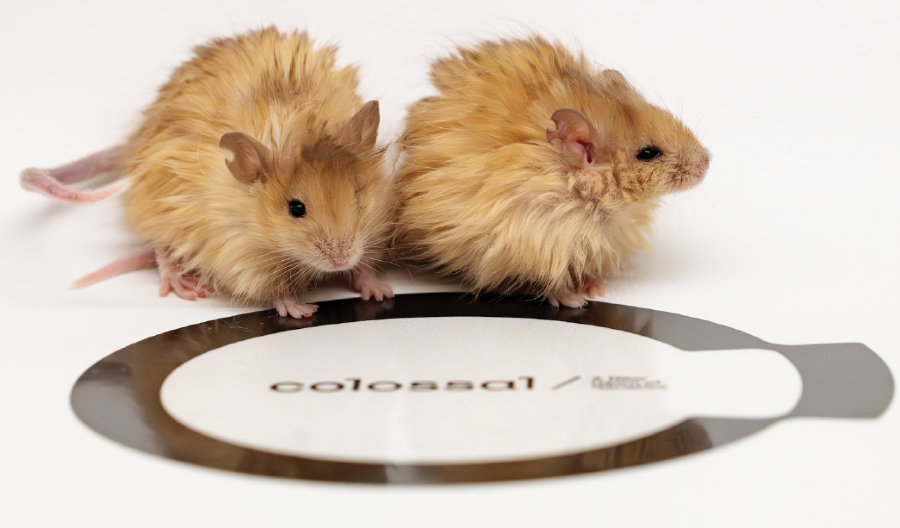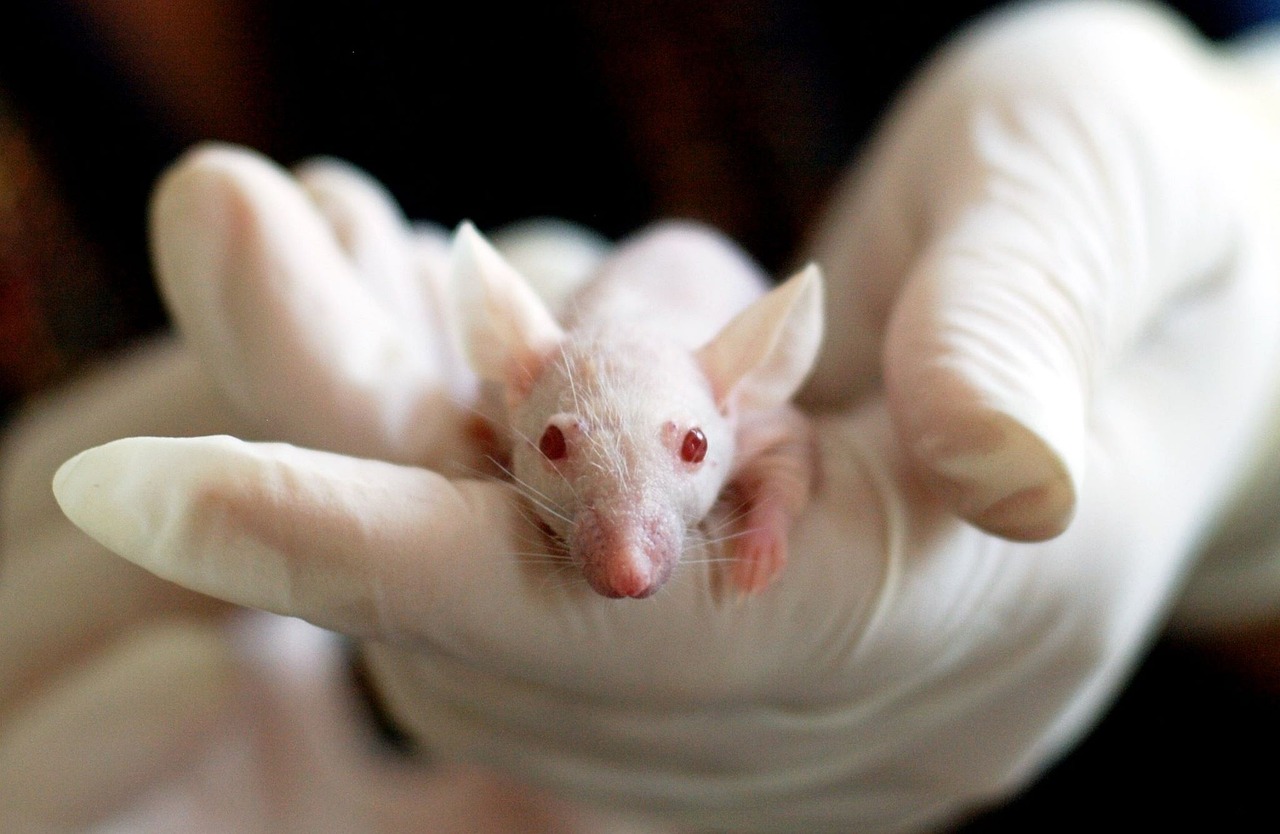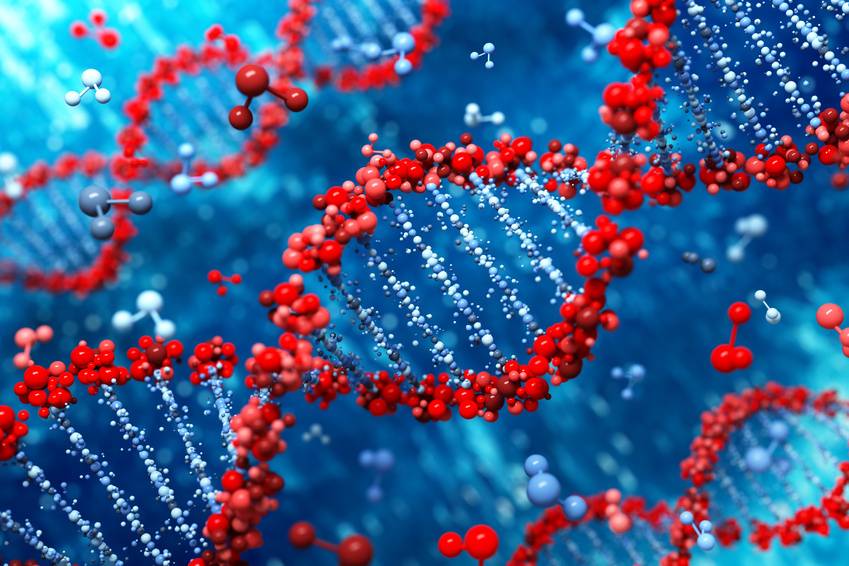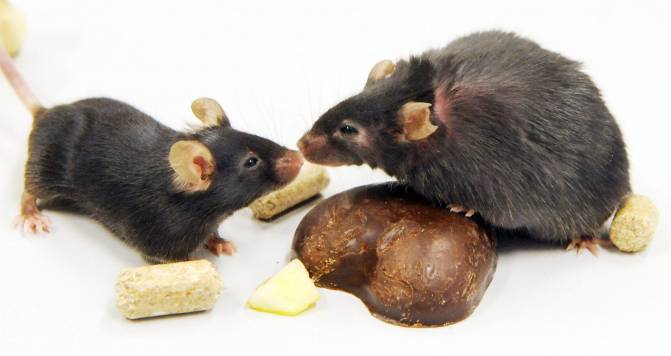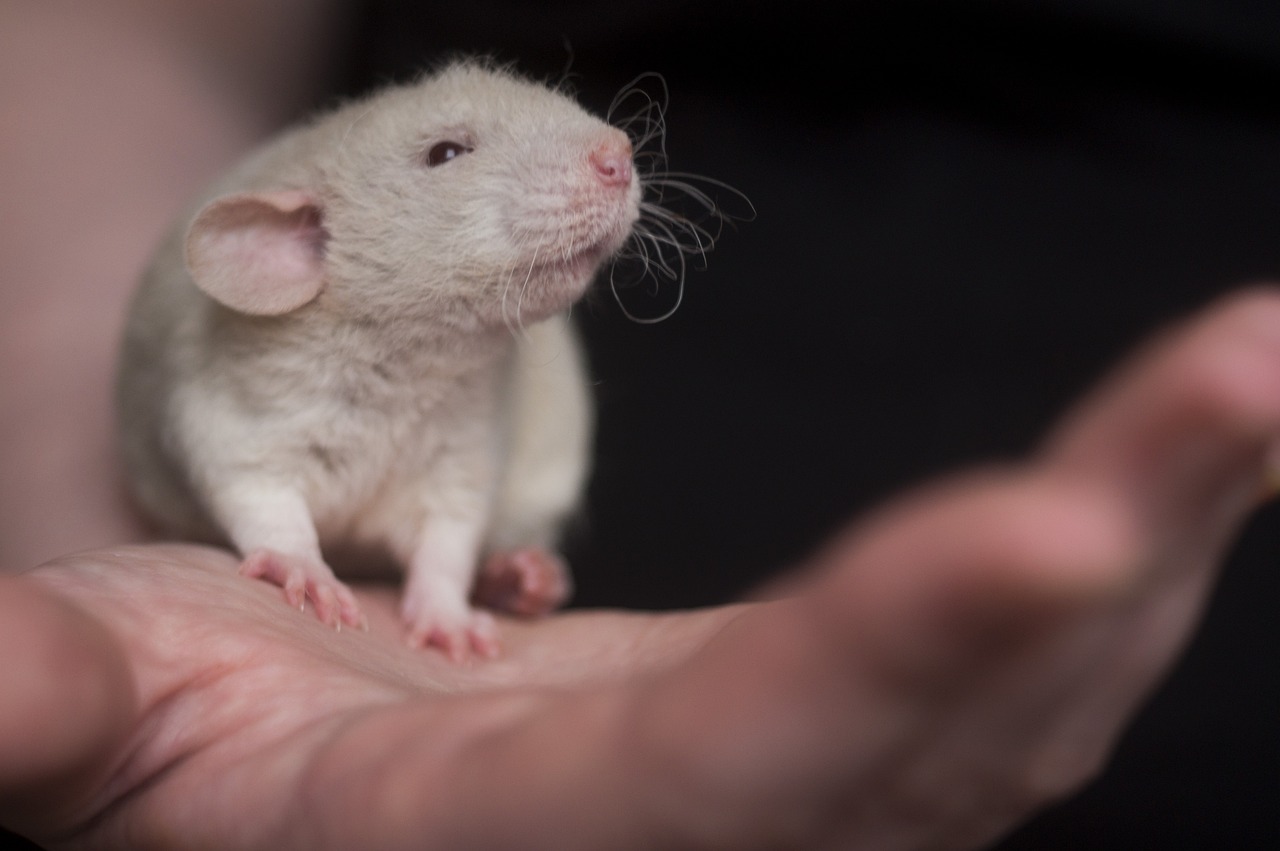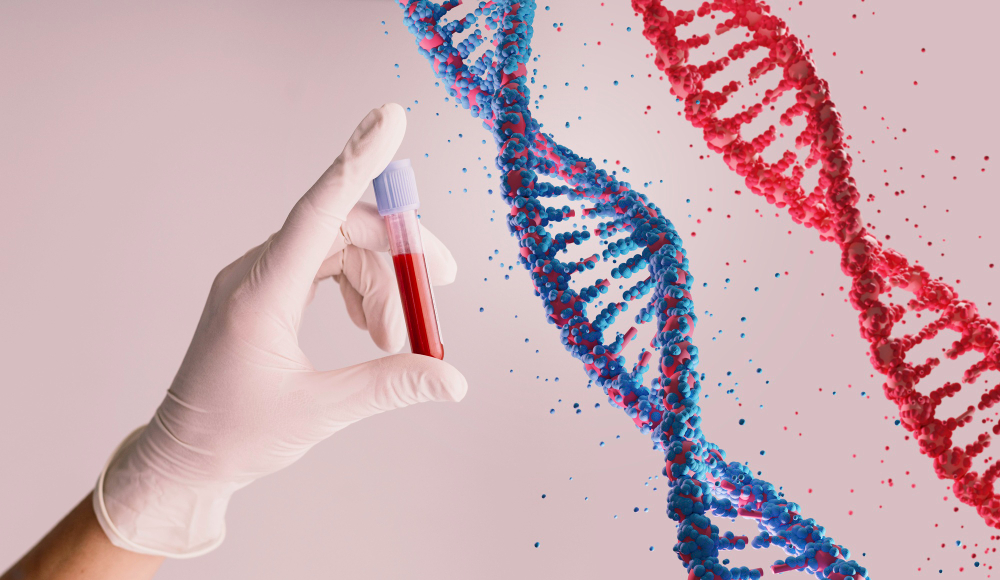A rereading of the human genome expands the catalogue of genetic variations
Two studies published today in the journal Nature significantly expand the catalogue of known human genetic variations. The resulting data constitute what may be the most complete view of the human genome to date.
